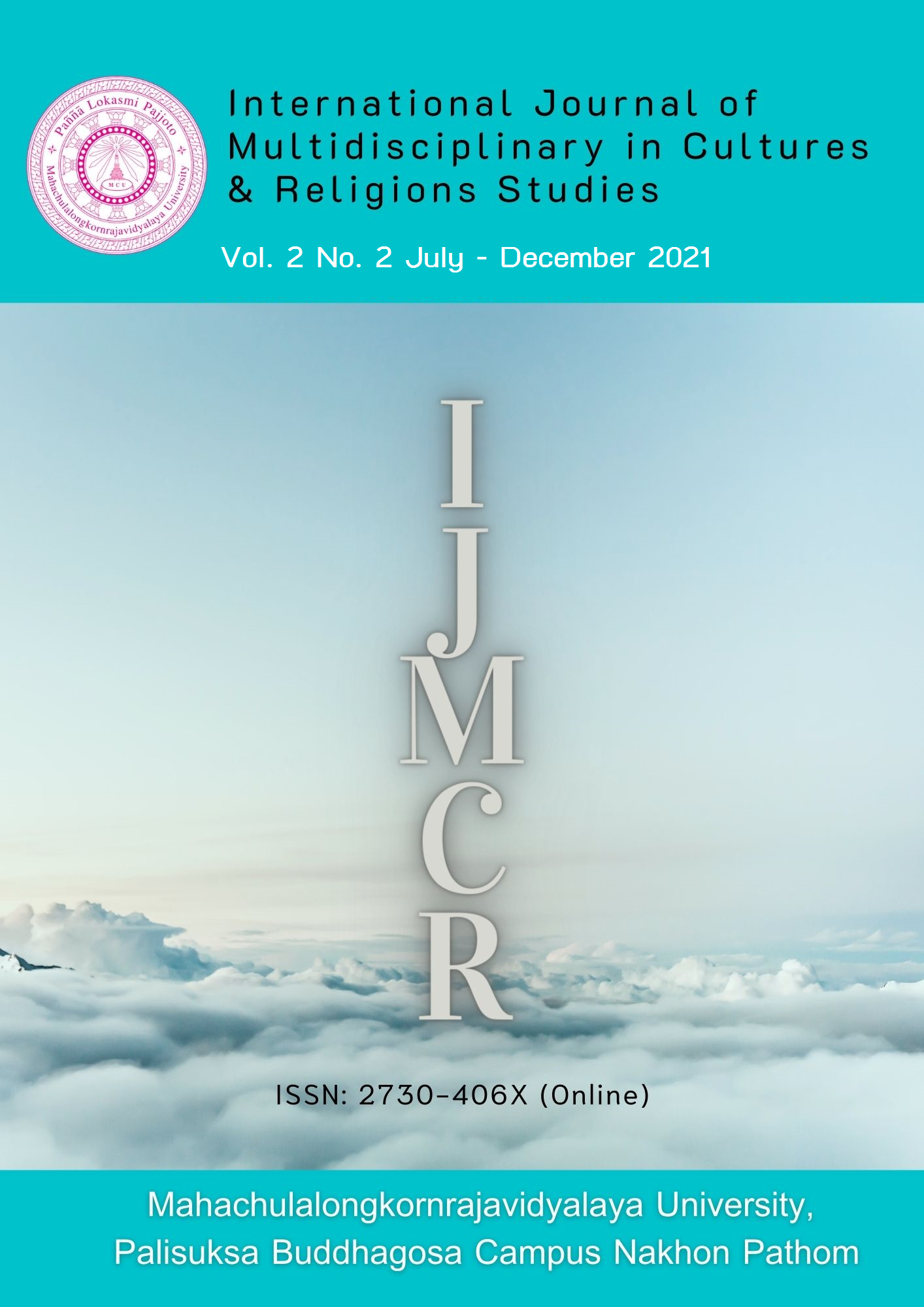Factors Affecting Consumers’ Purchasing Decision toward Online Shopping in Thailand
Main Article Content
Abstract
This research is to outline the most relevant consumers' purchasing decisions toward online shopping and examine the ways they find, compare and evaluate all information. With the advancement of the Internet Technologies in this era have created the new way of retail transactions such as electronic retailing (e-tailing), web-shopping, and online shopping. Thus, consumers’ participation in online purchasing has become an important trend. Thus, online retailing became very vital to recognize the determinant of consumer online purchase purchasing decisions. The research aimed to examine and contribute to the business owner and marketer the key factors affecting consumers purchasing decisions toward online shopping in Thailand. Those factors would be demographics, convenience & time saving, website design, website feature, and security & privacy. A total number of 400 respondents of online shoppers who have experienced online purchasing and shopping participated in this research by answering the questionnaires. However, the questionnaire would distribute through a web board, online channels.
The summary of finding found that that convenience & time saving, website design, web features, and security & privacy are positively related to consumers’ purchasing decisions toward online shopping in Thailand.
Article Details
References
Aaker, D. A. (1996). Measuring Brand Equity Across Products and Markets. California Management Review, 38(3), 102-120.
Alalwan, A., Dwivedi, Y. K., Rana, N. P., & Williams, M. (2016). Consumer Adoption of Mobile Banking In Jordan. Journal of Enterprise Information Management, 29(1), 118-139.
Albarq, A. N. (2006). Intention to Shop Online Among University Students in Jordan. Universiti Utara Malaysia.
Bhatnagar, A., & Ghose, S. (2004). Segmenting Consumers Based on the Benefits and Risks of Internet Shopping. Journal of Business Research, 57, 1352-1360.
Davis, F. D., Bagozzi, R. P., & Warshaw, P. R. (1989). User Acceptance of Computer Technology: A Comparison of Two Theoretical Models. Journal of Management Science, 35(8), 982–1003.
Dongnadeng, H. A., & Ismail, M. (2017). Coping Mechanisms of Child Development Centers for Service Delivery in the Insurgency Area in Three Southernmost Provinces of Thailand. Journal of MCU Peace Studies, 6(1), 1-18.
Douglas, C. M. (2013). Design and analysis of experiments. (8th ed.). New Jersey: John Willey & Sons.
Janita, M. S., & Miranda, F. J. (2013). The Antecedents of Client Loyalty in Business-to-Business(B2B) Electronic Marketplaces. Industrial Marketing Management, 42(5), 814-823.
Joines, L. J., Scherer, W.C., & Scheufele, A. D. (2003). Exploring Motivations for Consumer Web Use and Their Implications for E-commerce. Journal of Consumer Marketing, 20(2), 90 -108.
Kline, R. B. (2011). Principles and Practice of Structural Equation Modeling. (3rd ed). New York: Guilford Publications.
Kotler, P. (2000). Marketing Management. New Jersey: Prentice-Hall.
Laudon, K. C., & Traver, C. G. (2007). E-commerce. New Jersey: Pearson.
Miller, T.E. (1996). Segmenting the Internet. American Demographics, 18(8), 48-52.
Robinson, H., Riley, F. D., Rettie, R., & Rolls, W. G. (2007). The Role of Situational Variables in Online Grocery Shopping In the UK. The Marketing Review, 7(1), 89-106.
Shoosnuk, A., Paoma, J, Shoosanuk, C., & Charoernpornpanichkul, K. (2018). Influences of Marketing Mix on Brand Image, Perceived Value, Satisfaction and Customer Loyalty of Intel Chip Products. Journal of Liberal Arts Prince of Songkla University, 10(1), 278-307.
Sinha, J. (2010). Factors Affecting Online Shopping Behavior of Indian Consumers(Doctoral dissertation), University of South Carolina.
Sulaiman, A., Ng, J., & Mohezar, S. (2008). E-Ticketing As a New Way of Buying Tickets: Malaysian Perceptions. Journal of Social Science, 17(2), 149-157.


